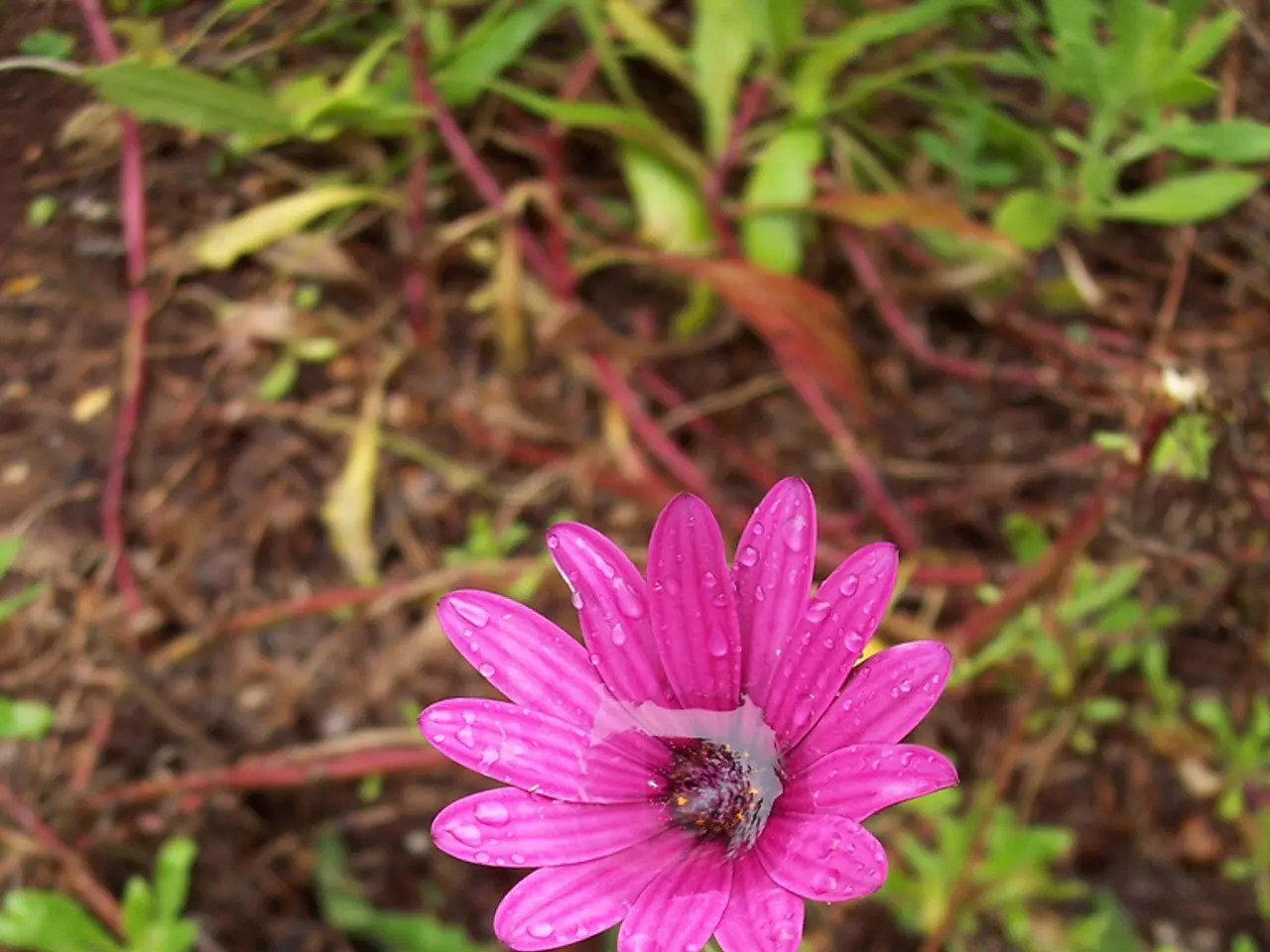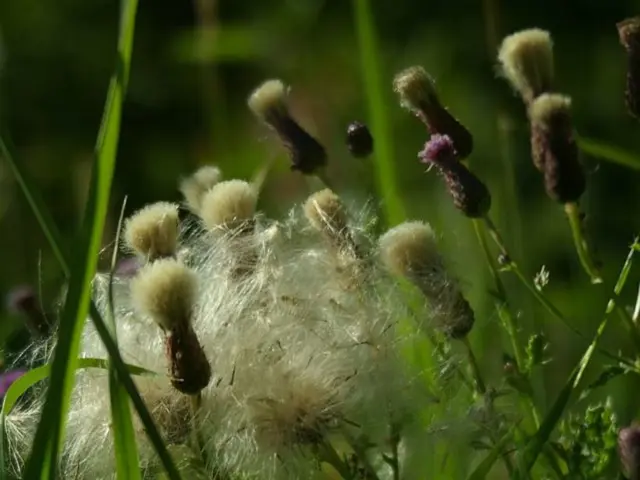Watering Alcea Rosea (Hollyhocks): Guidelines on When and How to Hydrate These Blooms
In the world of gardening, hollyhocks are a popular choice for many due to their tall stature and large, colourful blooms. These plants are commonly found in cottage gardens and mixed beds, and with the right care, they can thrive.
Hollyhocks are easy to grow, but they do require the right amount of water at the right times to develop properly. They need moderate watering, approximately 1/2 inch of water every 7 to 10 days. The key is to keep the soil consistently moist but not soggy.
To ensure the plants receive the right amount of water, it's best to water them regularly to avoid drying out, especially during blooming periods to maintain long-lasting flowers. Experienced growers may note an increased need for watering hollyhocks in containers during summer.
The best time to water hollyhocks is early in the day, ideally in the morning. This allows the leaves to dry out during the day, helping to prevent disease. Regular watering during the growing season is important, but it's also beneficial to adjust based on rainfall and soil moisture.
In cooler climates with freezing temperatures, avoid hollyhock watering until spring conditions improve. As the weather begins to cool in fall, watering can be reduced in preparation for plant dormancy through winter. Hollyhocks in winter remain dormant and seldom require water, as excess moisture can lead to root rot and plant loss.
For hollyhocks grown in pots and containers, good drainage and consistent moisture are essential. If less than an inch (2.5cm) of water per week is not received in summer, routine irrigation is essential for hollyhocks. Containers may require supplemental watering every 2-3 days.
Hollyhock irrigation is most effective when the water is delivered directly to the plant's root zone. This can be done using a watering can, drip irrigation, or soaker hoses. Slow watering allows for deeper penetration of the growing medium, conserving moisture.
Watering from below is vital to prevent fungal disease spread, especially for hollyhock rust. Mulch can help reduce the frequency of watering and suppress soil splash on hollyhock foliage.
Tonya Barnett, a gardening expert with 13 years of experience, has transformed her backyard into a cut flower garden and regularly shares her experiences on YouTube. She emphasises the importance of a daily check of moisture levels to ensure pots are not allowed to dry and avoid plant stress.
Routine flower watering is beneficial where hollyhocks have been grown in hot regions, or those planted in pots or containers. Hollyhocks have large colorful blooms that are coveted by both growers and pollinators, making them a worthwhile addition to any garden.
By following these guidelines, you can ensure your hollyhocks receive the right amount of water and thrive in your garden. Happy gardening!
- To maintain the vibrant blooms of hollyhocks, it's crucial to water them regularly, especially during their blooming periods, and adjust watering according to rainfall and soil moisture.
- Integrating hollyhocks into a home-and-garden lifestyle can be rewarding, as these plants with large colorful blooms can thrive and contribute to a beautiful lifestyle when given the right care, including proper watering and good drainage.




